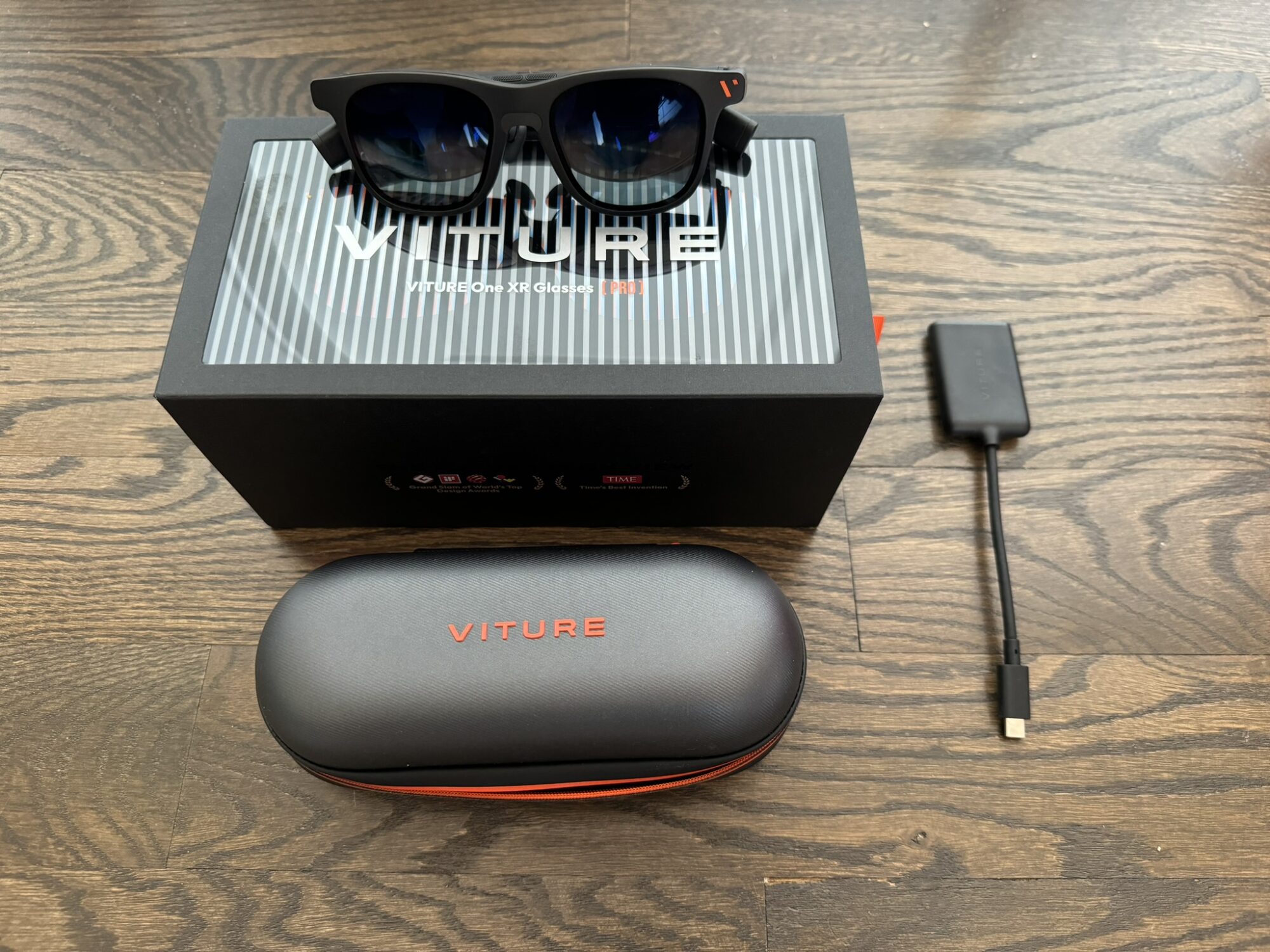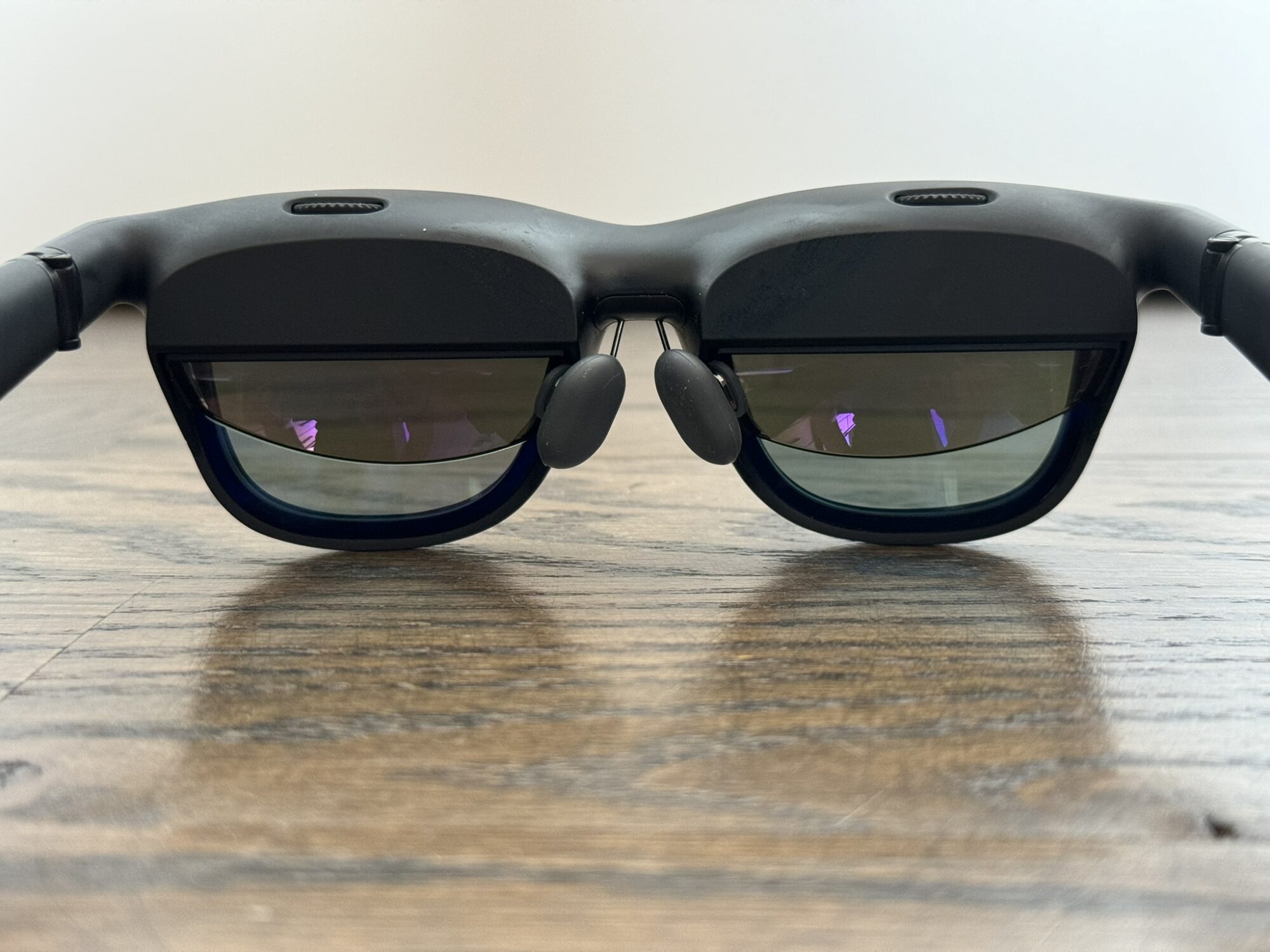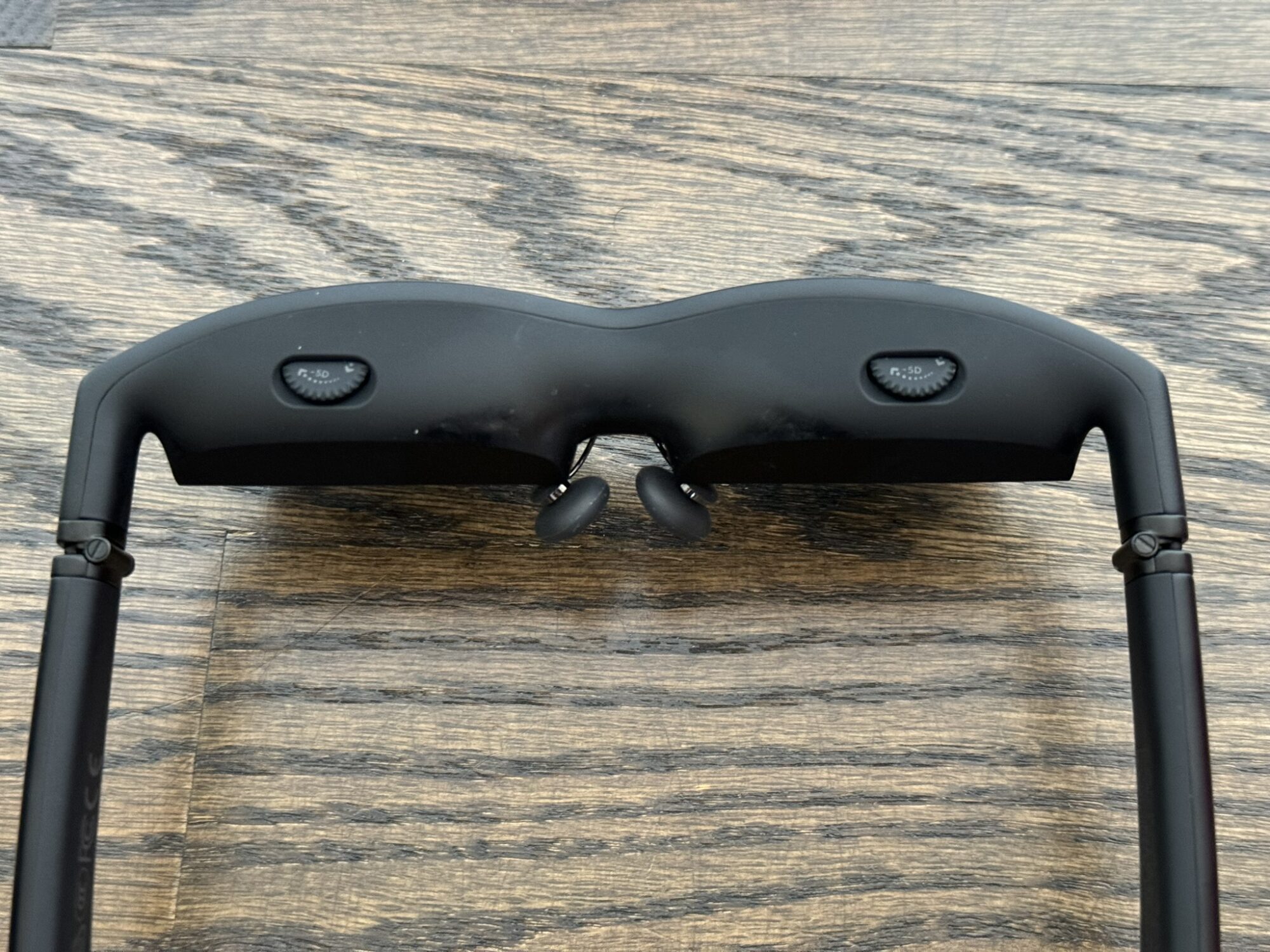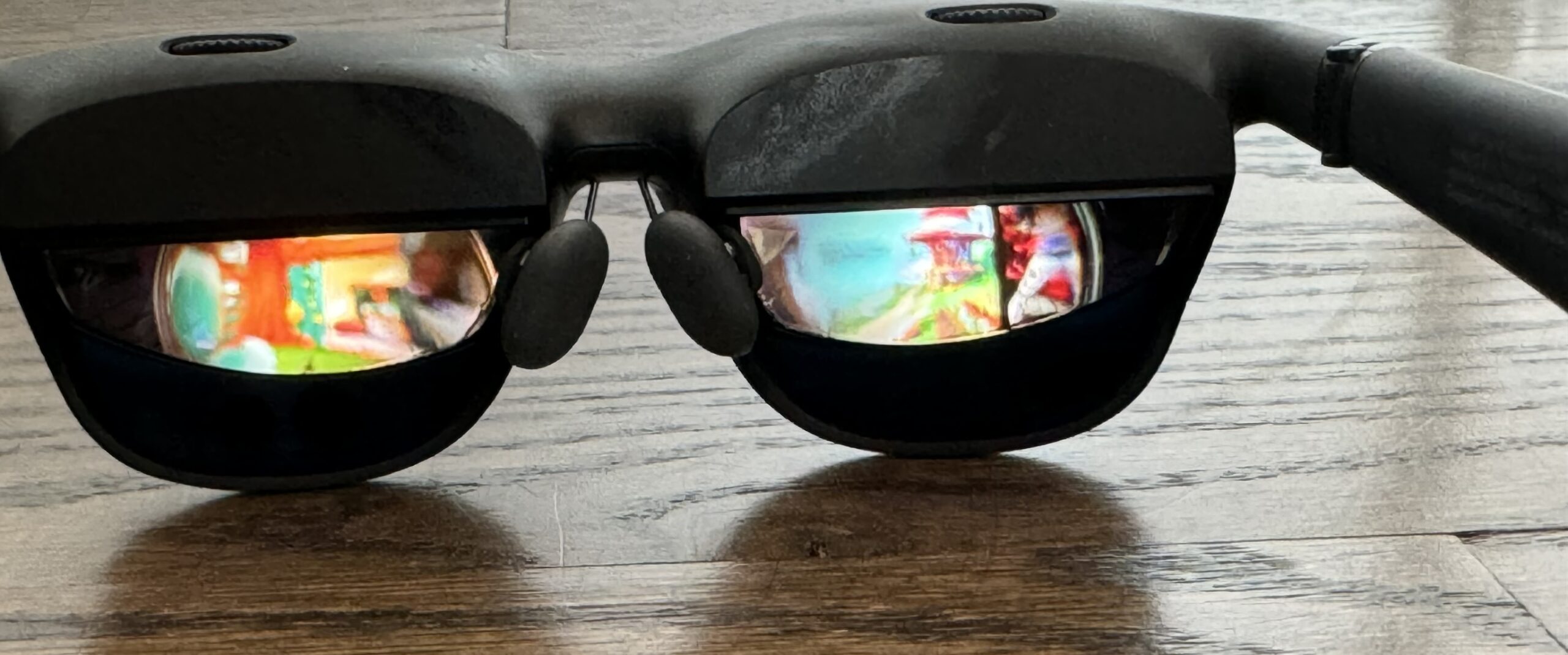The idea of beaming information and entertainment via a HUD has been a staple of sci-fi for decades. Big tech has dabbled in the space, with Google Glass being one of the first. A few years back, I got to try Google Glass after coming into work one day to find it sitting on my desk, likely left over years after someone reviewed it.
I charged it up and turned it on and was greeted by photos of the previous owner’s kids and family. After wiping the device I went through the OOBE and used it for a couple of days before packing it away because it wasn’t a finished product, which is par for the course when dealing with anything from Google. Even still, the idea was there.
And there it stayed until tech was able to catch up with better manufacturing processes, smaller high-resolution displays, and faster devices. Right now there’s a fork in the road with Meta and Apple running with this AR idea via their mixed reality headsets and other companies like Rokid and Viture tackling it using glasses with displays. Both look silly to a degree and both have their pros and cons. Apple Vision Pro will be a whole other piece, but for now, let’s talk AR glasses.

There are a few players in this space but their glasses themselves serve the same purpose: to give you a perceived large display right in front of you fully private (barring any audio leakage from the built in speakers). Initial impressions are strong with a slick unboxing experience and lightweight specs (specticals not tech specs) making them feel pretty natural on my face. I was able to wear the Viture Pros for hours and game via my Switch or Steam Deck without any comfort issues. The half inch 1080p Sony micro-OLED displays are gorgeous with a nice sharp picture and beautifully vivid colors. I never wore headphones because I found the built in speakers that fired in my ears to be serviceable for games like Kingdom Hearts or Paper Mario The Thousand Year Door, although buds would definitely be better for movies.

The build quality is strong, consisting of sturdy lightweight plastic. There are a few ways you can use the XR Pro’s.
- Connected directly to an Android or iPhone via USB-C to mirror your phone
- Connected to your phone via USB-C and taking advantage of the company’s SpaceWalker app which enables you to run web apps like Discord, YouTube, Netflix, Hulu, etc as well as add your own
- Connected directly to a console like Steam Deck
- Connected to the company’s mobile dock which is both a built in battery pack and hub that offers USB-C, HDMI, etc. There are also available brackets to attach the dock to your Steam Deck and Switch specifically
Connected via a separate USB-C adapter that splits allowing for charging as well as connecting the glasses. This is great for long gaming session on the Deck or ROG Ally and also enables docked mode on your Nintendo Switch which is a great to play Thousand Year Door on with the game’s vibrant colors. The USB-C splitter also enables advanced head tracking within the SpaceWalker app and when connected to an external device listed above. - You can also connect the specs to your PC or Mac and extend your screen with the splitter unlocking advanced head tracking and the ability to add additional virtual displays


We got the glasses in our kit and sprung for the USB-C splitter since it unlocks so much of the capabilities offered by the glasses. The sticking point for us is the price, these glasses go for nearly $500 without the splitter which is an additional $80. The if you want the mobile dock and brackets for a Switch or Steam Deck, those all add a lot to the initial price. That’s quite a bit of money for a larger screen if you ask us. We didn’t find the SpaceWalker app all that great and extending our Mac or PC’s screen wasn’t all that revolutionary since everything was pretty small, making productivity a chore. Not to mention all of these added accessories made the experience cumbersome.


We mainly ended up using the glasses for our Steam Deck and Switch OLED, but therein lies the problem. Both of our devices have beautiful OLED displays built in already, negating the reason we’d use these glasses in the first place. That’s not to say AR glasses like the Virture AR/XR Pro don’t have their audience, but for us they didn’t bring enough value add to justify the steep cost and awkward setup with the peripherals.